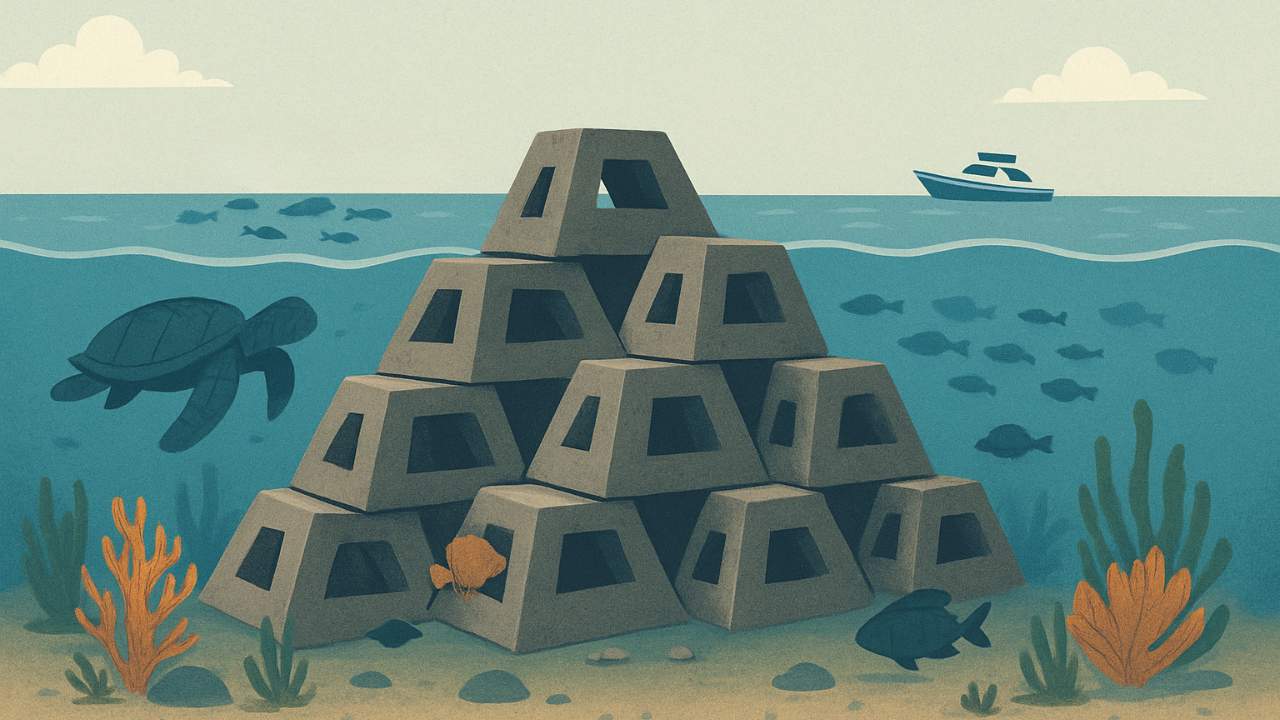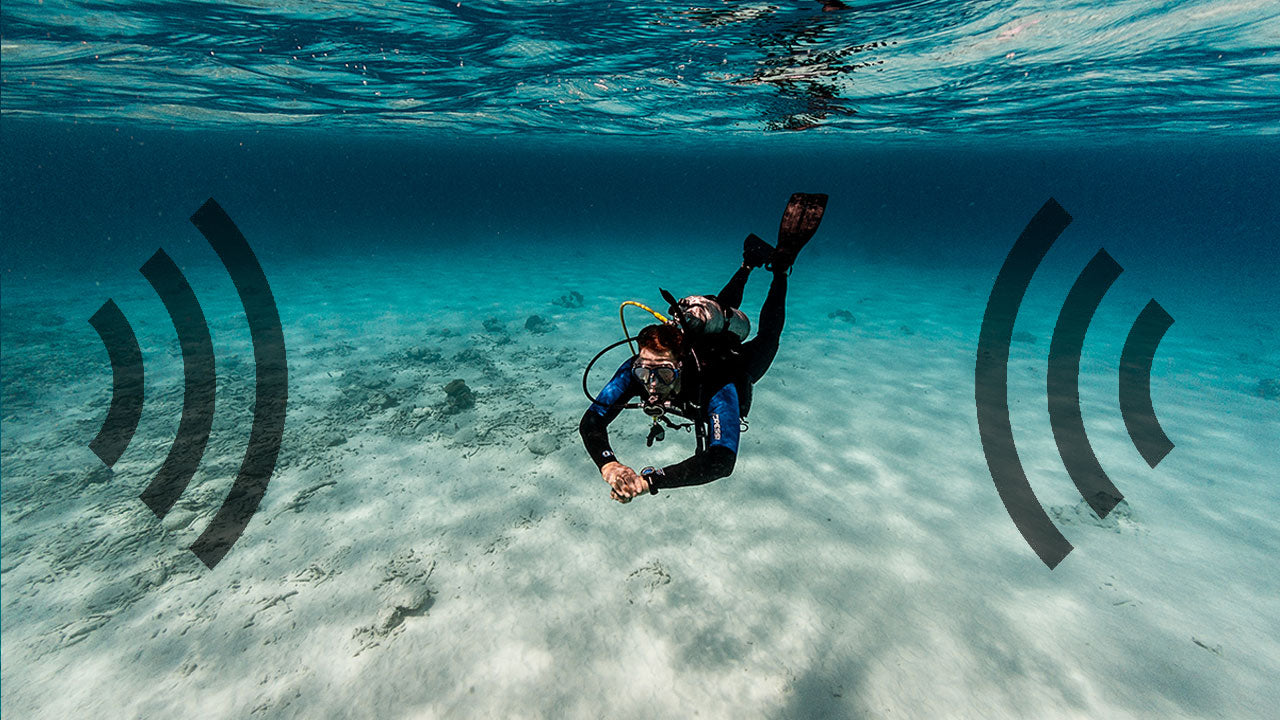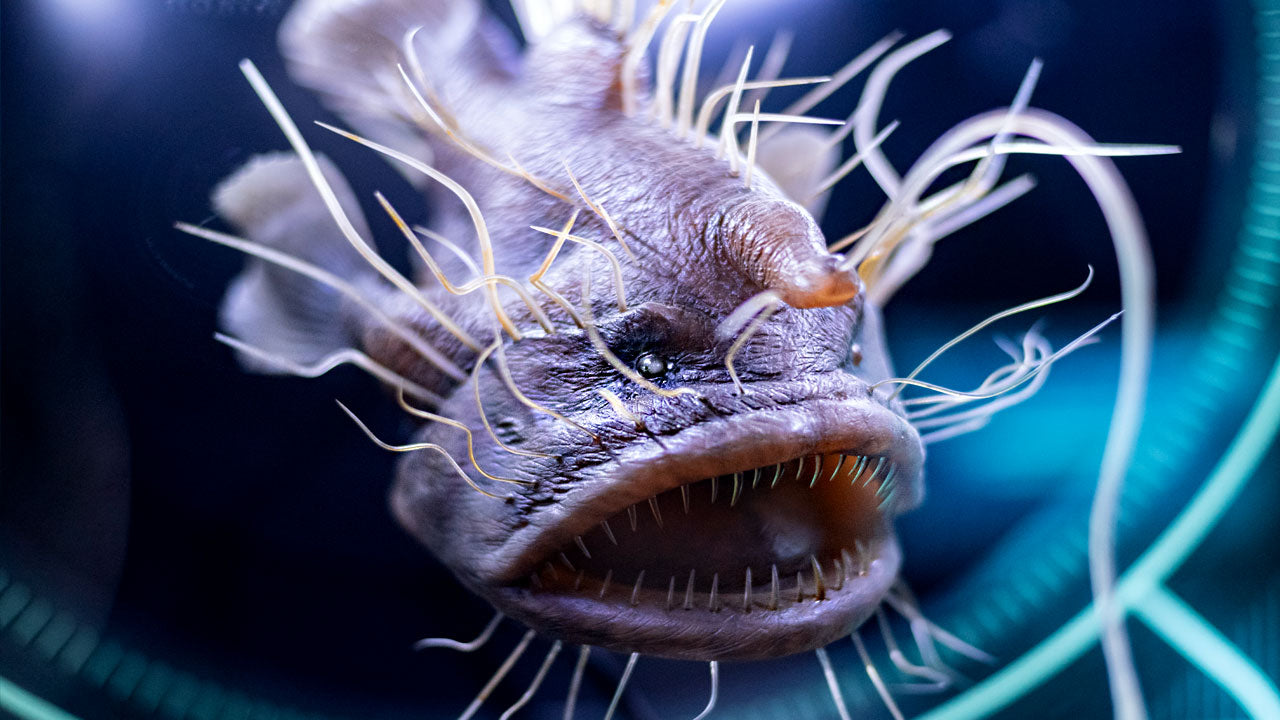The Blue-Ringed Octopus: Cute but Deadly

The Blue-Ringed Octopus, affectionately called the BRO, is a very special little creature. Its beautiful psychedelic coloring makes this cephalopod a highly sought-after subject for many underwater photographers and naturalists. However, behind the adorable exterior is something even more extraordinary - a venom that is 1,000 times more powerful than cyanide and that has earned this shy octopus a spot among the most lethal creatures of the sea.
Description and Behaviour
As you may have guessed, the common name - blue-ringed octopus comes from the bright blue markings that dot their bodies; however, these normally appear only when the octopus feels threatened and is about to attack. When resting, the creature will look uniform gray to beige, with large, light brown patches or maculae.
It is worth noting that there are at least 10 species of tiny blue-ringed octopuses. Two well-known examples are the lesser (Southern) blue-ringed octopus, Hapalochlaena maculosa, and the greater blue-ringed octopus, Hapalochlaena lunulata.
While the size of these critters differs between species, they usually grow to only 4-6 centimetres (1.6-2.4 inches) long, with arms reaching lengths of 7-10 centimetres (2.8-3.9 inches). Lesser (Southern) blue-ringed octopuses, Hapalochlaena maculosa, are the larger of the two, but when alarmed, they display smaller blue rings (hence the name "lesser"). The weight of the BROs is somewhere between 25 and 80 grams.
As for their typical behaviour, the blue-ringed octopuses spend most of their time hiding in crevices, shells or marine debris around the soft, sandy bottom of shallow tide pools and coral reefs. Like all octopuses, they can change shape easily, which helps them to squeeze into crevices much smaller than themselves. This, along with piling up rocks outside the entrance to its lair, helps safeguard the octopus from predators.
The diet of the blue-ringed octopus normally consists of small crabs and shrimp.

Photo by Elias Levy (Wikimedia Commons CC BY-SA 2.0)
Lifecycle
Unfortunately for the BROs, both the male and female die during the reproductive process. The male dies immediately after the couple mates. The female of the species lays between 50-100 eggs and guards them by carrying them under her tentacle until they hatch about 50 days later into planktonic paralarvae. Not eating through the entire gestation period, she then dies from lack of strength.
The newly hatched blue-ringed octopuses are about the size of a pea and usually hide under sandy ledges or use burrows for protection. They grow quickly to an average adult size (golf ball) and begin mating within a few months. All in all, octopuses, along with squid and cuttlefishes have a short lifespan of about 2 years.
Habitat
Blue-ringed octopuses, Hapalochlaena maculosa, can be found only in the temperate waters of southern Australia, from southern Western Australia to eastern Victoria inhabiting depths from intertidal flats down to 50 meters (164 feet). Hapalochlaena lunulata can be found in shallow reefs and tide pools from northern Australia to Japan, including Papua New Guinea, Solomon Islands, Philippines, and Indonesia and as far west as Sri Lanka at depths no greater than 20 meters (65 feet).

Hapalochlaena maculosa. Photo by Bernard Dupont (Wikimedia Commons CC BY-SA 2.0)
Toxins
The blue-ringed octopuses have two types of venom secreted by two separate venom glands and used against prey and predators.
One of the venoms is harmless to humans and used for hunting crabs. The octopus captures crabs, shrimp, and small fish by pecking through its prey’s exoskeleton with its beak and inserting the venom. Then it uses its beak to pick off meat while its prey remains helplessly paralyzed. It is speculated though, that the octopus doesn’t even need to bite its prey, casting the venom near the prey may be all that is necessary to kill.
The other venom, which is extremely toxic, is used as self-defense against predators. This potentially deadly substance, also found in pufferfish and cone snails, is a potent neurotoxin called tetrodotoxin. The venom is produced by symbiotic bacteria in the animal’s salivary glands and is more toxic than that of any land mammals.
Luckily, the BROs are not aggressive and tend to avoid confrontation by flattening their body and blending into their surroundings. It is only when the threat is unavoidable, the blue-ringed octopuses eject their neuromuscular venom that causes paralysis. Humans have only been injured when a blue-ringed octopus was provoked or stepped on.
Although most bites cause minimal pain initially, after approximately five minutes the bite will begin to throb and may cause the extremity bitten to go numb. Some other symptoms of a bite include nausea, vomiting, change in vision, numbness of the lips, tongue, and mouth, and difficulty swallowing, seeing, and speaking. After approximately 10 minutes after the bite, the victim may have difficulty breathing, becoming paralyzed, and requiring artificial ventilation.
Although there is no known antidote to the blue-ringed octopuses venom, human victims can be saved by ongoing heart massage and artificial respiration until the poison dissipates (usually in 24 hours with no ill effects).
Would you like to spot a blue-ringed octopus during one of your dives or would you rather stay away from this beautiful but deadly creature? Let us know in the comments.




